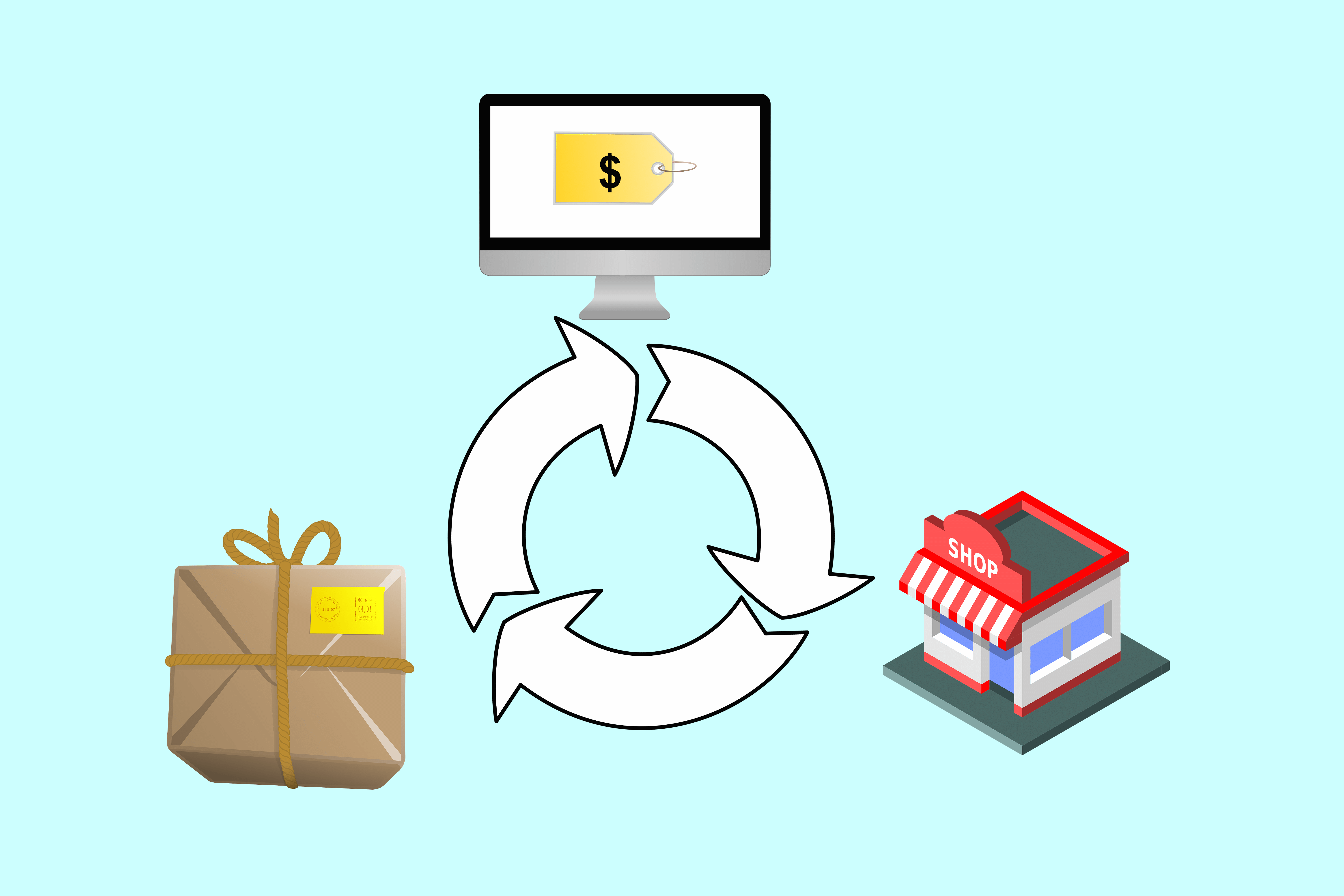Salesforce is one of the leading tools for custom retention by streamlining how your organization conducts its business. It allows you access to centralized customer data and enables personalized communications. You can also use it for tracking customer interactions and reviving inactive clients.
To effectively use the various functionalities, salesforce employs multiple tools within the software. It can take you some time to master and deploy all these functions effectively. That would mean a waste of resources and losing revenue for the business.
4 User Tips To Getting Started With SalesForce
For every organization and the company to apply the sales force, they are going to need some special skills as the goal is different along with the products. But the fundamental strategy of salesforce is remaining the same. In 2021 many new Ai-based techniques will be invented, and if you want to match up with your target, you have to use the following four tips.
Here are four of the tips to get you started with salesforce;
1. Plan Ahead
Every organization has unique data needs, and the salesforce can be customized to meet these needs. Before you can find the ideal tools for your business, you first have to understand your specific needs. Look into the type of products you deal in and the nature of clients.
For example, if you run a contact center, you need to include various aspects like the average talk time, issues for calling, and resolutions. For an eCommerce site, you might need information on abandoned carts and purchased items.
Slow down the pace and take the tools slowly as you determine the impact on business processes. You can only expect results if you feed the right data on the system.
2. Invest In Resources To Get The Most Out Of The Salesforce
While the salesforce is robust software with multiple functionalities, it is not a standalone tool. You still need other resources like human resources or other software to make it work perfectly.
For example, the customization data from the salesforce is not important if you cannot use it when addressing the clients. You still need software like TinyLetter to help you place the specific names on emails and landing pages for personalization.
Train the staff on how to get the most out of the salesforce. Let them interact with the platform as they master the multiple resources it comes with.
3. Look For A Consultant
The other way to make salesforce work for you is by looking for a consultant or an external contractor. The consultant has the expertise on how best to use the platform depending on your business needs. They have interacted with various businesses and have since mastered what works best for every entity.
A consultant also helps you with an external view when setting up the system. Using only the internal can be biased and lead to defective data. You are also better off working with a consultant from the area where the prospective clients come from.
For example, look for salesforce consulting companies in Pennsylvania if you are targeting clients around the locality. They have the demographics, and specific customer needs you can use on the platform when generating data.
4. Optimize Your Implementation
Once you have set everything up, you need to get the best out of the salesforce by optimizing the implementation. Look for ways to automate key business processes(because you are already acquainted with its importance), win more deals, and improve lead conversion by ensuring consistent speed-to-lead formula. The more you use the platform, the better you get at understanding its limits and how best you can gain from it.
Automatic implementations and chatbot customer care both are pretty effective for the salesforce. However, more often, the customers are starting to lose their interest in the products as the companies are taking too much time to answer the product queries. But automatic systems and chatbots do not let you lose your single customer due to late responses.
Conclusion:
The automatic business process to the new generation’s smart business planning, everything belongs in the strategy to match up your sales goals and salesforce. These four tips successfully build a good sales force for your organization. All you have to do is just plan out your strategy and incorporate the salesforce-related business planning. Within a few months, you will start to see the differences.
Read Also:


























